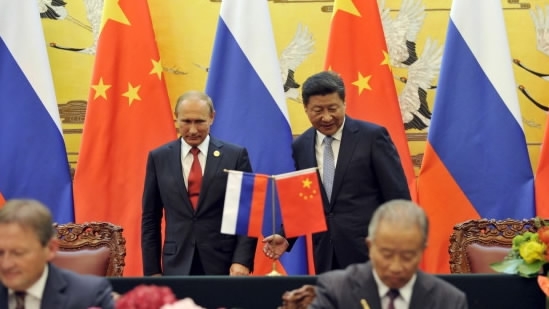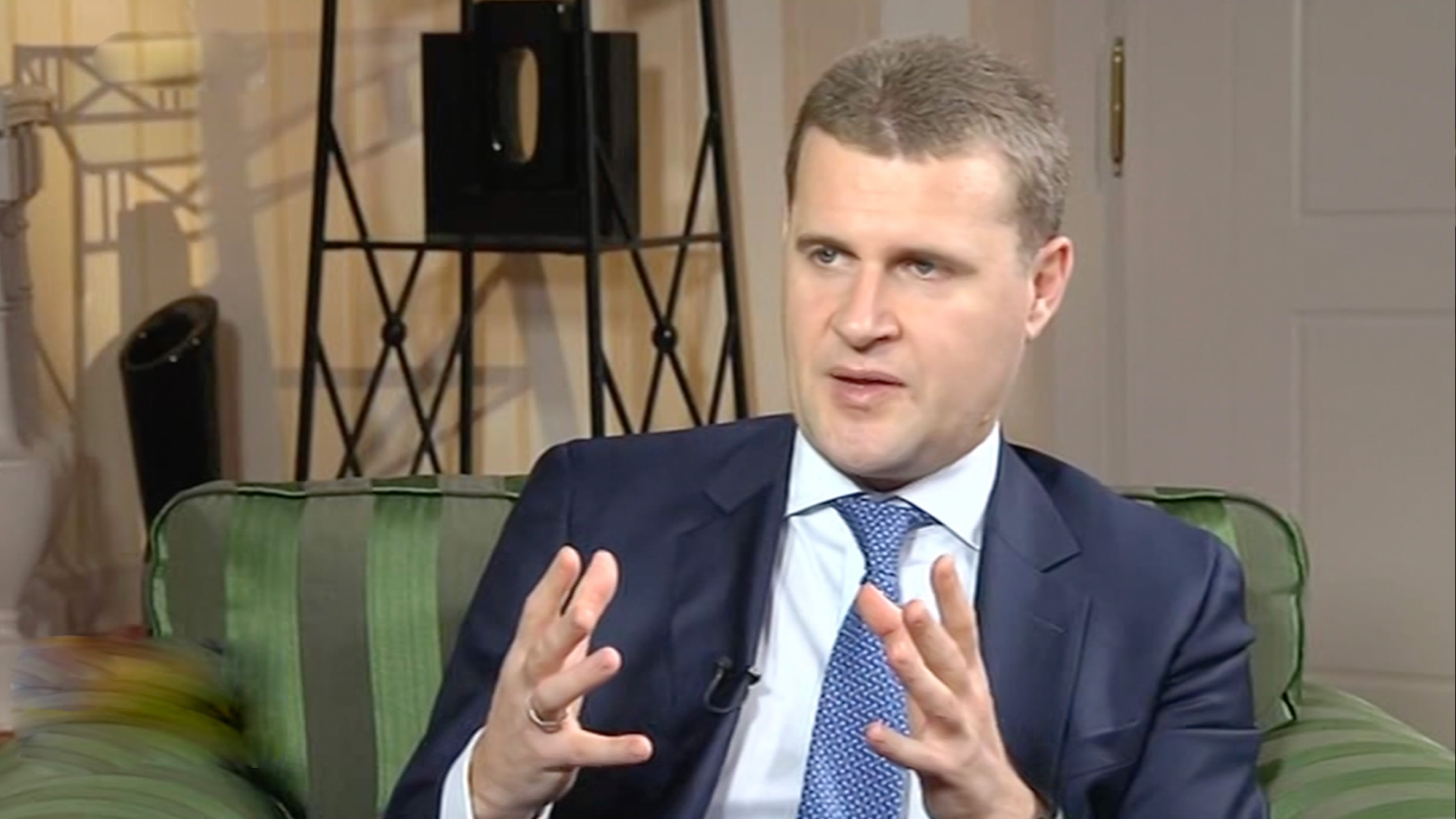
China
12:20, 23-Mar-2018
The Belt and Road Initiative vs. Eurasian Economic Union: Do they align?
CGTN

By CGTN’s The Point
“The Belt and Road Initiative (BRI) has been a very long-term strategy for decades that China wants to engage with the world, to be more integrated into the world economy,” said Alexei Chekunkov, the chief executive officer of the Far East and Baikal Region Development Fund on The Point (@thepointwithlx).
He thought Russia’s Eurasian Economic Union (EEU), which comprises Russia, Armenia, Belarus, Kazakhstan and Kyrgyzstan, is not “an empty political construction,” but “a very live, close body” that is based on the fact that they are former fellow Republics of the Soviet Union.
He described the combination of the BRI and EEU as “integration of integrations,” and added, “it is beneficial for the Belt and Road project to address this entity as one counterparty where Belt and Road goals can be achieved much faster.”

“I have been engaged with Russia-China cooperation for quite a while. Before, a lot of focus was on natural resource projects, specifically on hydrocarbon projects. This is still a very large focus. But a lot more mid-sized businesses, a lot more construction, infrastructure development businesses are coming to Russia to pursue opportunities, especially since President Xi Jinping announced the Belt and Road Initiative,” said Chekunkov.
He said he is extremely optimistic about the future cooperation between China and Russia. “We have stable leadership, financial resources, technologies,” Chekunkov noted, stating that China and Russia can have more cooperation opportunities regarding energy and logistical systems.
The Point with Liu Xin is a 30-minute current affairs program on CGTN. It airs weekdays at 9:30 p.m. BJT (1330GMT), with rebroadcasts at 5:30 a.m. (2130GMT) and 10:30 a.m. (0230GMT).

SITEMAP
Copyright © 2018 CGTN. Beijing ICP prepared NO.16065310-3
Copyright © 2018 CGTN. Beijing ICP prepared NO.16065310-3